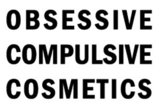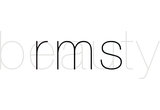
The wonderful thing about trends is that we continue to discover new innovations, bring back classics that still resonate—and often excite new frontiers of process and quality. This adjusts how we prioritize and make our personal decisions. Whether it’s the thread count number of your sheets, or the percentage of cashmere vs. acrylic in sweaters, there are universally shared classifications and words that help guide and signify something about the type experience we can expect.
When it comes to the growing groundswell and trends around all things eco, green, natural, etc., these words have permeated all facets of our lifestyle: from cars, shoes, light bulbs, food, toothpaste, water bottles, jewelry—and of course our cosmetics and makeup. Yet, “eco” is not quite as simple to navigate as a ranked parker score on a wine or the quick glance to see whether a bowl is bone china or ceramic.
It’s complex, scientific and sometimes a bit daunting. Not to mention that it wasn’t that long ago, when “eco” products were in a category of their own “alternative” section. While better for us or for the environment, the experience meant compromise of quality, style—or being happy smelling like wheat germ. I am not sure if you remember those crystal deodorants, but they certainly did not fall into the category of fabulous.
When Leonardo di Caprio was driving his first Prius in 2002, it was still a funny weird car back then, but it still represented a message about personal choice. A choice for our health and the health of our loved ones and communities—without compromising performance. The early 2000’s were a series of interesting milestones in the journey of “green,” from Al Gore’s inconvenient truth and Anya Hindmarch's “I'm not a plastic bag” canvas bag craze to the “green carpet” at the Oscars.

Sure, there was a ton of celebrity gossip about “eco-lebrities” and that it was just a passing fad, but thankfully it wasn’t—and it was truly a continuance of one of those trends that pushes our frontiers to better quality, and an awareness for us as consumers make the choice for ourselves. Many products do contain ingredients such as mercury, lead, cadmium, pthalates to name a few, all of which are known carcinogens and hormone disruptors. When 60% of what you put on your skin is absorbed into our bodies, this is something that makes sense to consider.
We are all here because we love beauty, makeup, and discovering new products. And our culture is very much rooted in expressing our identities and feelings through style—with the makeup we use. For those concerned with ingredients, the other good news is that green and eco are no longer segregated to the health food aisle. Stunning, gorgeously green products rich with pigment are coming onto the market every day, giving you the same experience and quality of makeup without all the extra chemicals that you maybe didn't really need after all.
We’re excited to continue to do what we do best—hunt and find the best of the best in beauty—and we’re excited to add eco to the list of our criteria for greatness. When we start to pick the ones that are lead-, vegan-, and mercury- free, our minds and bodies inwardly smile because choosing to learn more about the makeup you use is already half the battle.
You Might Also Like
-
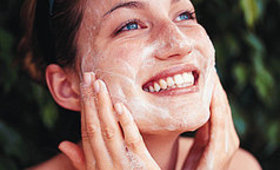
Face Skincare
DIY Skincare: Face Scrubs
- 821
-
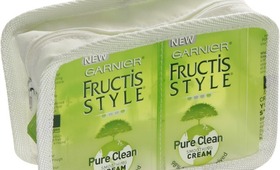
News
Eco Update: Beauty Product Recycling
- 24
-
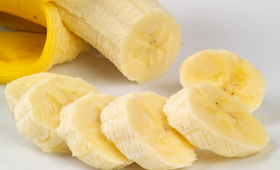
Face Skincare
DIY Banana Beauty Recipes
- 992
-
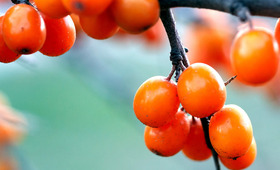
Top 3
What Is Sea Buckthorn?
- 85
-
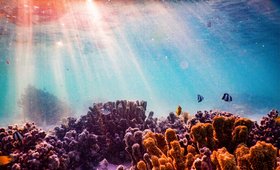
Sunscreen
What Does “Reef-Safe” Sunscreen Mean?
-

Behind the Brand
Behind the Brand: Sylvie Chantecaille of Luxury Botanical Beauty Brand, Chantecaille
- 1



